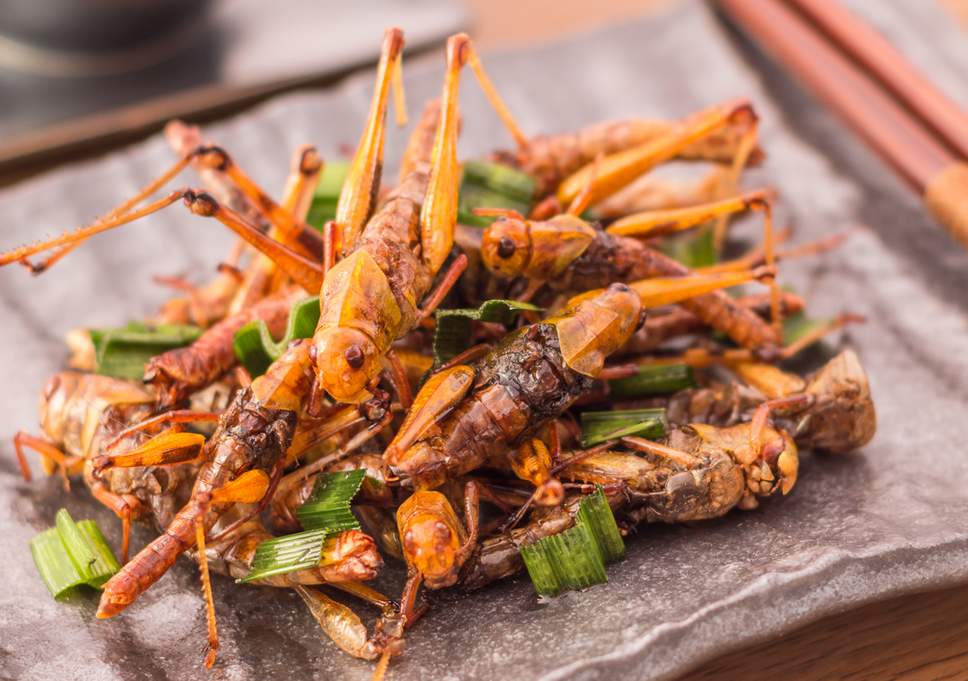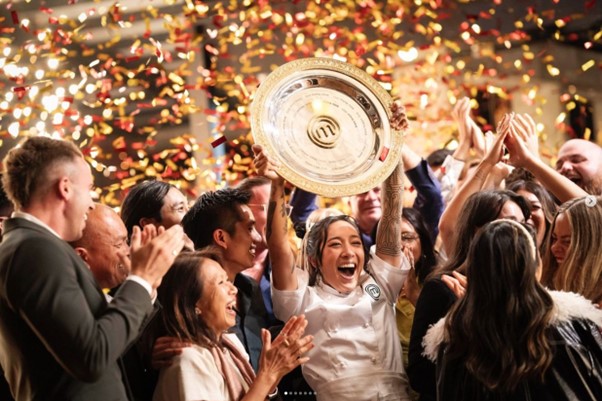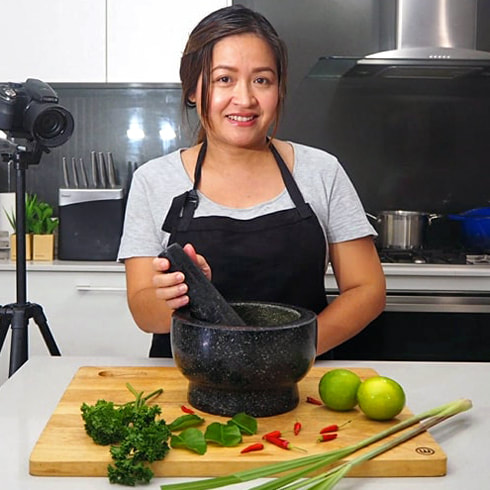“Obesity in our monks is a ticking time bomb,” Dr. Jongjit Angkatavanich, Chulalongkorn University, Bangkok.
Obesity-related health problems of the largely sedentary monk population cost Thai taxpayers more than 300 million baht in 2012, or approximately $8.5 million at the current exchange rate.
When researchers studied monks’ dietary habits, they were initially puzzled as they found the total calorie intake of monks (1,350) was about the same as that of Thai males in Bangkok (1,500) despite a daily fast from 12pm. It was discovered that the calories largely originate from modern sugary drinks
“When we really do research about this we are surprised … it is the drink,” said Dr. Angkatavanich.
“In Buddhism we call it panna [the] pali terminology for the drink that is allowed for monks to consume after midday,” Dr. Angkatavanich said.
“But right now in the present day … the kind of drink that is offered to monks has really changed … it is like soda, it is like sweetened beverage.”
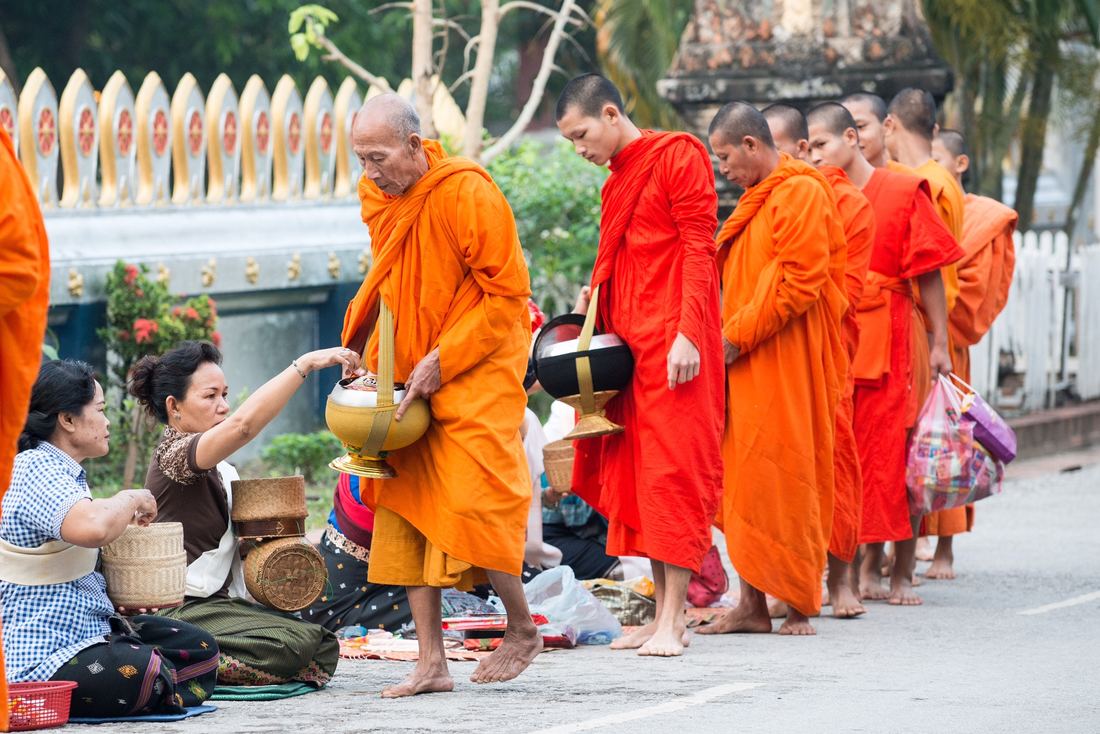
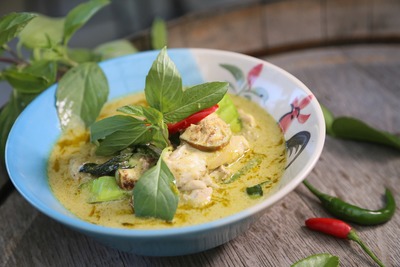
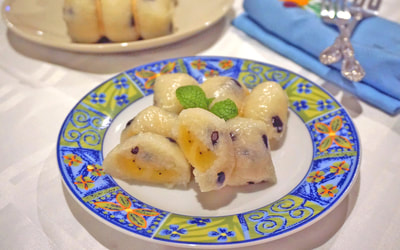
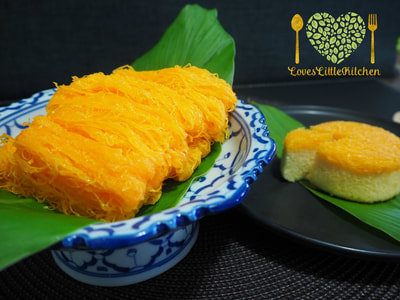
Monks informed researchers they often did not sense their weight gain because of their loose-fitting robes and so the traditional monks’ belt was adapted with knots to show monks where their waistline should be.
**The number of monks included in the study is unspecified
References
https://www.chiangraitimes.com/thailands-chulalongkorn-university-study-shows-48-of-monks-overweight.html
http://time.com/4260641/thailand-buddhist-monks-food-obesity/
https://www.bangkokpost.com/news/general/897276/almost-half-monkhood-overweight
http://www.abc.net.au/news/2018-05-28/thai-buddhist-monks-health-ruined-by-sugary-drinks/9711412
https://www.usatoday.com/story/news/world/2016/03/16/thailands-fat-monks-urged-shed-pounds/81851732/


